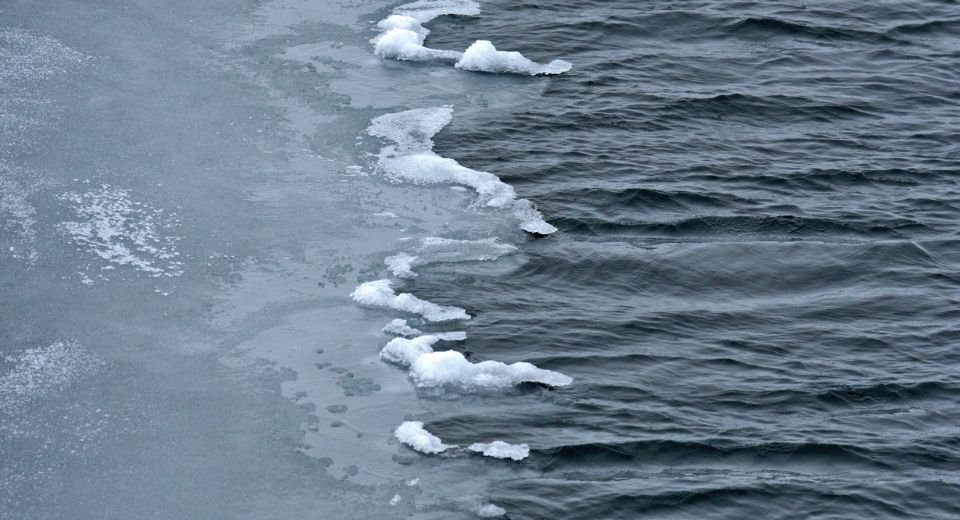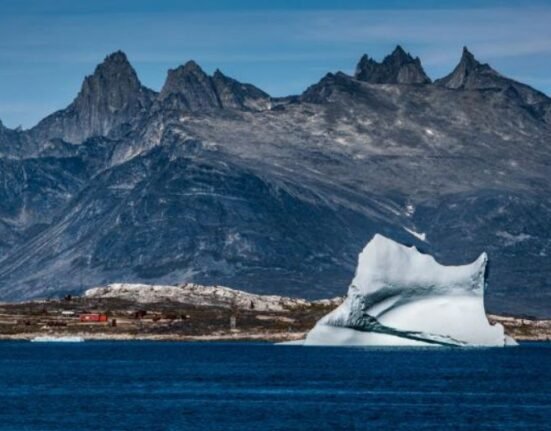HQ Team
November 6, 2022: Europe has been warming twice the global average over the past 30 years —the highest of any continent in the world, the WMO stated.
Temperatures over Europe have warmed significantly over the 1991-2021 period, at an average rate of about +0.5 °C per decade, according to a November 2 report from the World Meteorological Organization (WMO).
The heat melted Alpine glaciers, which lost 30 meters in ice thickness from 1997 to 2021, the State of the Climate in Europe produced jointly with the European Union’s Copernicus Climate Change Service stated.
“The Greenland ice sheet is melting and contributing to accelerating sea level rise. In summer 2021, Greenland saw a melt event and the first-ever recorded rainfall at its highest point, Summit station,” the report, which focused on 2021 weather events, stated.
“As the warming trend continues, exceptional heat, wildfires, floods and other climate change impacts will affect society, economies and ecosystems,
$50 billion loss
In 2021, high-impact weather and climate events led to hundreds of fatalities, directly affected more than half a million people and caused economic damages exceeding $50 billion. About 84% of the events were floods or storms.
“It’s not all bad news. Several countries in Europe have been very successful in cutting greenhouse gas emissions. In particular, in the European Union (EU), greenhouse gas emissions decreased 31% between 1990 and 2020, with a net 55% reduction target for 2030.”
Europe is one of the world leaders in providing effective early warning systems, with about 75% of people protected. Heat-health action plans have saved many lives from extreme heat.
The challenges are daunting.
‘Live picture of warming’
“Europe presents a live picture of a warming world and reminds us that even well-prepared societies are not safe from the impacts of extreme weather events. This year, like 2021, large parts of Europe have been affected by extensive heatwaves and drought, fuelling wildfires. In 2021, exceptional floods caused death and devastation,” said WMO Secretary-General Petteri Taalas.
Carlo Buontempo, Director of Copernicus Climate Change Service, European Centre of Medium-range Weather Forecasts, said the risks and impacts have become increasingly apparent daily.
“The need and the appetite grow for climate intelligence, and rightly so,” he said of the report, which was released ahead of the annual UN Climate Change negotiations, COP27, in Sharm-El Sheikh starting November 6.
Regardless of future levels of global warming, temperatures will rise in all European areas at a rate exceeding global mean temperature changes, similar to past observations.
Deadly heatwaves
The deadliest extreme climate events in Europe are heatwaves, particularly in western and southern Europe. The combination of climate change, urbanization and population ageing in the region creates, and will further exacerbate, vulnerability to heat.
Climate change-induced alterations in the production and distribution of pollens and spores may increase allergic disorders. Over 24% of adults living in the European region suffer from various allergies, including severe asthma.
According to the WHO, about half-million premature deaths in the WHO European Region were because of anthropogenic fine particle ambient air pollution in 2019. Of this, a significant part is due to the burning of fossil fuels.
It is estimated that about 138 000 premature deaths could be avoided annually through reduced carbon emissions, potentially resulting in savings of US$ 244–564 billion.








